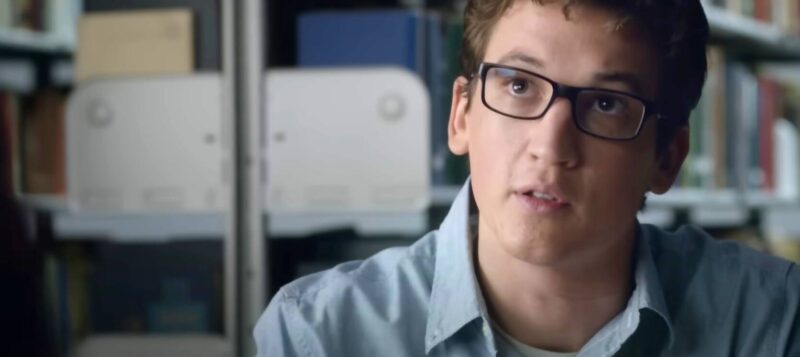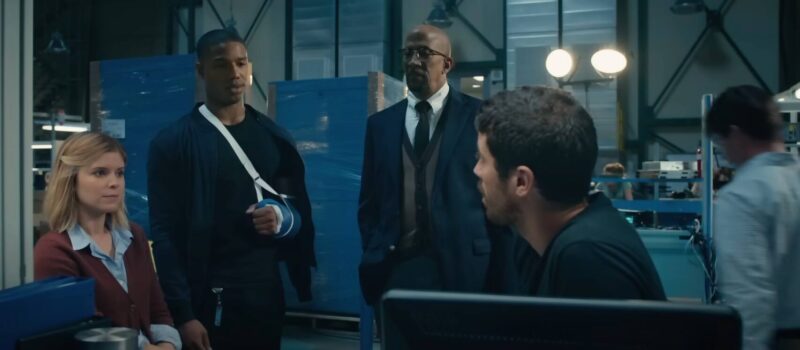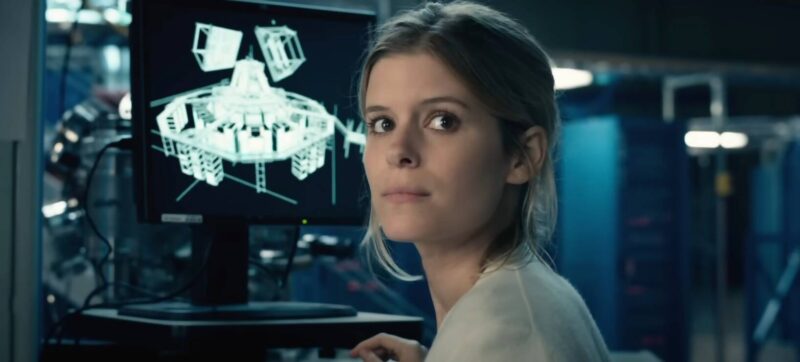
As Marvel finds box office success with The Fantastic Four: First Steps, we take a look back at the 2015 film’s difficult production.
On the 6th August 2015, director Josh Trank dropped a bombshell. It was the day before the release of his comic book movie, Fantastic Four, but the filmmaker wasn’t in a celebratory mood.
“A year ago,” Trank wrote on Twitter, “I had a fantastic version of this. And it would have received great reviews. You’ll probably never see it. That’s reality though.”
It was the moment when the darkening mood behind the scenes burst into public view. Although anonymous stories about Fantastic Four’s troubled production had emerged in Hollywood outlets months earlier, Trank’s tweet was unprecedented – it was swiftly deleted, probably following irate calls from 20th Century Fox, but the damage was done. One analyst told TheWrap at the time that Trank’s post could have cost the studio millions of dollars in lost ticket sales.
All the same, reviews had begun to trickle in for the $120m+ summer film, and they were far from favourable. The broad consensus was that its dark sci-fi tone, with flashes of grisly body horror, had precious little to do with the trippy, jolly 1960s comics. Despite the talent among the central cast – Miles Teller, Michael B. Jordan, Kate Mara and Jamie Bell as the four heroes, Toby Kebell as Dr Doom – the marks of a difficult shoot were obvious. The story was disjointed; some effects shots looked rushed or incomplete; there were continuity errors, including Mara’s ill-fitting blonde wig in some scenes.
Three years earlier, and Fox’s executives were keen to relaunch the franchise following the 2005 Fantastic Four film and its 2007 sequel, Rise Of The Silver Surfer. Both of them made money, but neither were particularly beloved by critics. On the hunt for a director who could bring a stylistic edge that the 2000s films lacked, Fox soon zeroed in on Trank, who’d just landed a sleeper hit with 2012’s Chronicle.

A mix of superhero fable, Carrie high school nightmare and found footage film, Chronicle felt refreshingly raw and grounded compared to bigger-budget comic book movies. It also boasted some impressively intense performances from its young cast – particularly Michael B. Jordan and Dane DeHaan, whose lives are turned upside down when they suddenly acquire telekinetic powers.
Trank was 27 when he shot Chronicle, made for a (relatively) lean $15m. In the aftermath, Trank worked on a few projects that didn’t go anywhere – a take on Venom, an adaptation of the fantasy videogame Shadow Of The Colossus – before moving onto Fantastic Four. From the outset, there was an apparent clash between the natural tone of the comics and what Trank wanted to make. Screenwriter Jeremy Slater, whom Trank had brought in to co-author the script, was a huge fan of Marvel source. Trank, less so.
Interviewed by Polygon in 2020, Slater recalled that he wanted to write something along the lines of Joss Whedon’s The Avengers; Trank wanted something darker, more Cronenbergian. After multiple rewrites, Slater left and Simon Kinberg, writer on the X-Men movies, took over.
According to Entertainment Weekly’s sources, Trank was enthusiastic about the project in meetings, but indecisive about what the film should contain. It also added, however, that Trank wanted to add some of the “geeky elements” from the comics, such as the Fantasicar and H.E.R.B.I.E, the dutiful robot, and have them as a contrast to the darkness elsewhere, but these were nixed by Fox president of production Emma Watts.

At any rate, the script continued to shift and change as production began. Trank was said to be irked by a late rewrite by Scott Frank, and there were disagreements over casting. Trank is said to have insisted on bringing Michael B. Jordan in as Johnny Storm, and pushed to cast Miles Teller as Reed Richards, even though the studio didn’t approve of the choice. Fox, meanwhile, pushed to cast Kate Mara as Sue Storm, a decision Trank reportedly disliked.
Filming began in the summer of 2014, and the mood was said to be tense. Kate Mara described making the film as a “horrible experience.” There were reports of confrontations on the set between Teller and Trank, while one crew member described the director as “extremely withdrawn.”
The pressure of going from a comparatively small, original film to an expensive franchise, Trank later admitted, was greater than he’d anticipated.
“There are two emotions when you’re at the helm of something that will represent you: dread or excitement,” Trank told Polygon in 2020. “There’s not a lot of in-between. There’s so much at stake. You want to be mostly excited, but how will [the movie] affect my life? Did I make a mistake on a shot that could hurt me?”
Besides the on-set dramas, there was also the online backlash to the casting of Jordan, an African American, in the role of Johnny Storm, depicted as a white character in the comics. As the angry posts intensified, Trank said he kept a loaded gun on his bedside table. “I was getting threats on IMDb message boards saying they were going to shoot me,” he said. “I was so paranoid during that shoot.”

Besides the on-set rumours, there was the widely-circulated story that Trank had been evicted from the house he was renting in New Orleans, where Fantastic Four was filming. Trank’s dogs had vandalised the place, the news went, causing $100,000 of damage. The antipathy between Trank and the house’s owner was such that Fox allegedly had to intervene.
Things worsened when Fox executives saw an early cut. They were left disquieted by the film’s grim tone, and even more concerned that it didn’t look much like a comic book movie. A comprehensive round of reshoots was ordered – a matter made more complicated by the cast’s busy schedule. Meanwhile, Fox was hiring writers to rework the script, and a new editor, Stephen Rivkin, was brought in to cut it all together.
According to Trank, a late budget cut – of $30m, he claimed – had also affected the production, meaning plans for the action-filled finale had to be scaled down. A scene involving Jamie Bell’s The Thing falling from a stealth bomber into a battle zone – briefly glimpsed in one promo trailer – was also removed for budgetary reasons, he said.
“It was like being castrated,” later told Polygon of being on set for the reshoots, overseen by producers Simon Kinberg and Hutch Parker. “You’re standing there, and you’re basically watching producers blocking out scenes, five minutes ahead of when you get there, having [editors hired] by the studio deciding the sequence of shots that are going to construct whatever is going on, and what it is that they need.”

Opinions varied over exactly how it all went so badly wrong. On one side, there was the claim that Trank was erratic out of his depth on such a huge production; on the other, the belief that Trank had been the victim of studio meddling.
Whatever the truth is, Fantastic Four was a considerable misfire for 20th Century Fox. Reviews were dismal, as was the box office. It made just over $160m – less than a third of what Ant-Man, a far more obscure Marvel character, made on his debut film outing that same summer.
In the aftermath, Trank’s deal with Lucasfilm to make a Boba Fett film fell apart – he later said he quit before he was fired – and he didn’t make another movie for five years. His comeback movie was 2020’s Capone, a crime drama starring Tom Hardy as the past-his-prime gangster.
Fantastic Four remained in limbo for several years, but the acquisition of Fox by Disney eventually saw its film rights back in Marvel’s hands. A decade after the previous outing, The Fantastic Four: First Steps signals the start of the Marvel Cinematic Universe’s sixth phase, and the reaction so far has been overwhelmingly positive.
Upbeat, colourful and steeped in 1960s nostalgia, First Steps is the antithesis of Trank’s take on the material. Perhaps, out there in the multiverse, there’s a version of Trank’s body horror Fantastic Four that got made exactly as he originally imagined it. As it stands, the 2015 film serves as a cautionary reminder of what can happen when ideas, sensibilities and approaches flatly refuse to align.








